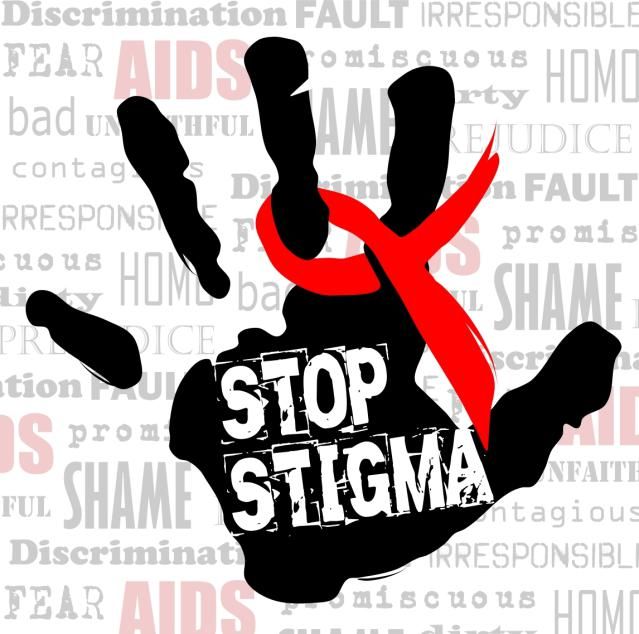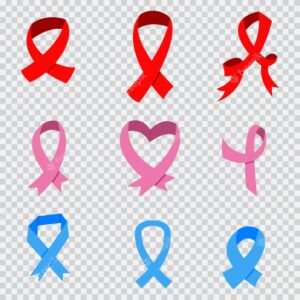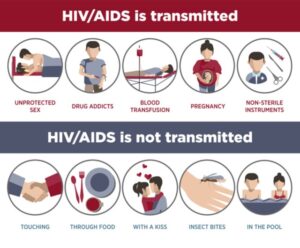Study finds women more likely to both hold discriminatory attitudes related to HIV stigma, and to suffer from them
Research in rural Kenya and Uganda has again highlighted the persistence of HIV-related stigma, and the damaging impact it has. In particular, it found women were likely to both hold and be the targets of negative attitudes.
Researchers conducted interviews and focus groups in eight communities in Mbarara and Mbale in Uganda and around Lake Victoria in Western Kenya. They found different forms of HIV stigma – actual (or ‘enacted’), internalised and anticipated – affect the lives of people with HIV and hinder access to HIV treatment. This was particularly true in places where there are fewer people with HIV.
The interviews took place in 2014 at the start of SEARCH, a large test-and-treat trial, to inform the trial’s stigma-reduction activities. SERACH went on to achieve high rates of testing, treatment and viral suppression, suggesting HIV stigma may have been reduced. Although these findings don’t reflect the changes, they give insight into an area that is often underrepresented in HIV research.
Study participants were community leaders and community members, some of whom had HIV, and HIV care providers. Researchers analysed a total of 182 interviews, with an equal mix of men and women taking part.
Many interviewees reported a strong association between HIV and sex work, promiscuity or adultery. Linked to this was the perception that people with HIV are to blame for having it, particularly women.
Mocking, harassment, insults and name-calling were the most common form of enacted stigma. This includes referring to people with HIV as close to death or already dead, and to HIV as a death sentence.
Segregating people with HIV was also common, motivated by others’ fear of getting HIV. People with HIV were left out of social activities. Physical contact was also avoided, as was using objects people with HIV had touched, such as cups or razors. In some instances, people with HIV were excluded from work or leadership opportunities.
Women with HIV reported relationship difficulties, including loss of support, rejection and violence. No men with HIV reported such incidents.
HIV care providers reported how some men with HIV controlled their wives’ access to HIV care. This included stopping them from taking their medication and restricting how often they went to clinics – due to fears of having their own HIV status disclosed.
The association of HIV with promiscuity also fuelled internalised stigma among people with HIV.
Women revealed “acute internalised stigma”, including feelings of worthlessness, shame and embarrassment. This was more common when spouses and family members were unsupportive or abusive.
Internalised stigma was found to have far-reaching impacts. Some people reported not telling others they had HIV, while others had difficulties with social interaction. Some people with HIV described symptoms of depression, and a small number of women reported having suicidal thoughts.
The moral judgement around HIV also fuelled anticipated stigma. This included fear of public ridicule, gossip, insults, social exclusion or rejection from partners. Again, this was most common among women. Young people with HIV also reported fears of having limited sexual or marital prospects.
Due to stigma, many people with HIV hid their status from their partner, family members and the community. This in turn made access to HIV care more complicated.
Some people avoided care altogether, while others would only go to clinics that were far away or avoided going during peak hours. This made it less convenient to access care and sometimes compromised their ability to do so. Others hid their HIV medication, which resulted in difficulties in adhering to treatment.
The findings show the importance of interventions to reduce stigma at an individual- and community-level. These initiatives should also aim to challenge harmful gender norms and inequalities. Building self-acceptance among people with HIV, particularly women, could also help to address mental health issues and improve access to treatment.
Via: Avert




